Bulbs
Flower Basics
Flower Beds & Specialty Gardens
Flower Garden
Garden Furniture
Garden Gnomes
Garden Seeds
Garden Sheds
Garden Statues
Garden Tools & Supplies
Gardening Basics
Green & Organic
Groundcovers & Vines
Growing Annuals
Growing Basil
Growing Beans
Growing Berries
Growing Blueberries
Growing Cactus
Growing Corn
Growing Cotton
Growing Edibles
Growing Flowers
Growing Garlic
Growing Grapes
Growing Grass
Growing Herbs
Growing Jasmine
Growing Mint
Growing Mushrooms
Orchids
Growing Peanuts
Growing Perennials
Growing Plants
Growing Rosemary
Growing Roses
Growing Strawberries
Growing Sunflowers
Growing Thyme
Growing Tomatoes
Growing Tulips
Growing Vegetables
Herb Basics
Herb Garden
Indoor Growing
Landscaping Basics
Landscaping Patios
Landscaping Plants
Landscaping Shrubs
Landscaping Trees
Landscaping Walks & Pathways
Lawn Basics
Lawn Maintenance
Lawn Mowers
Lawn Ornaments
Lawn Planting
Lawn Tools
Outdoor Growing
Overall Landscape Planning
Pests, Weeds & Problems
Plant Basics
Rock Garden
Rose Garden
Shrubs
Soil
Specialty Gardens
Trees
Vegetable Garden
Yard Maintenance
What Is Bergamot Used For?
What Is Bergamot Used For?. Wild bergamot blooms from midsummer to fall and has an unmistakable scent, similar to that of oranges. Its heady scent fills the warm air and is so attractive to bees, that this culinary herb is also called bee balm. A member of the mint family, bergamot is an aggressive grower and can easily take over a garden bed. It...
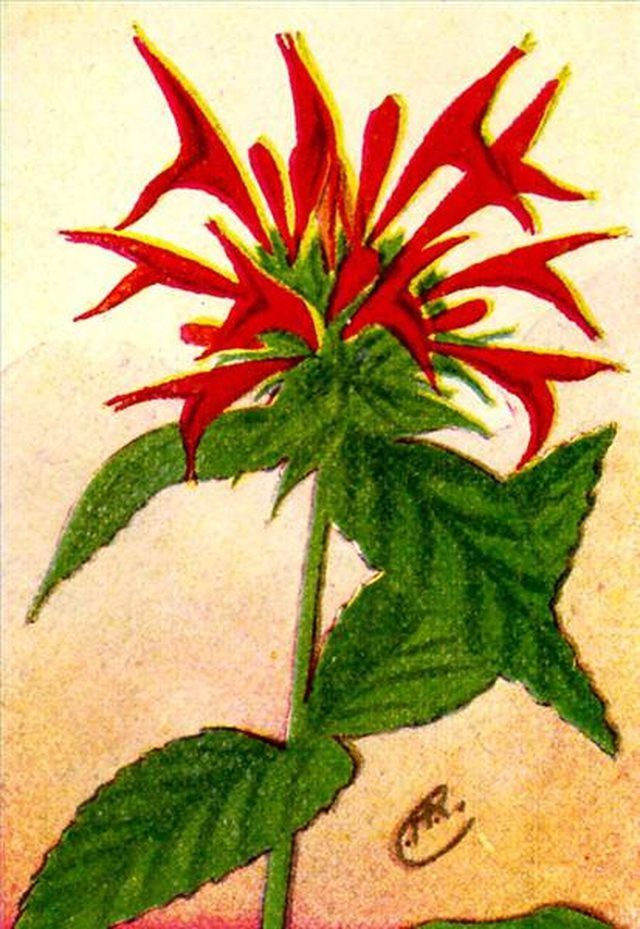
Wild bergamot blooms from midsummer to fall and has an unmistakable scent, similar to that of oranges. Its heady scent fills the warm air and is so attractive to bees, that this culinary herb is also called bee balm. A member of the mint family, bergamot is an aggressive grower and can easily take over a garden bed. It grows from underground rhizomes that divide and spread. Like all plants in the mint family, bergamot has a squarish, four-sided stem.
Oswego Tea
The dried leaves of the bergamot plant can be brewed to make a tea that is slightly sedative in nature, and is known to help relieve nausea and flatulence. Bergamot is also called Oswego Tea because members of the Oswego tribe living in the area of the Great Lakes used it as a medicinal tea.
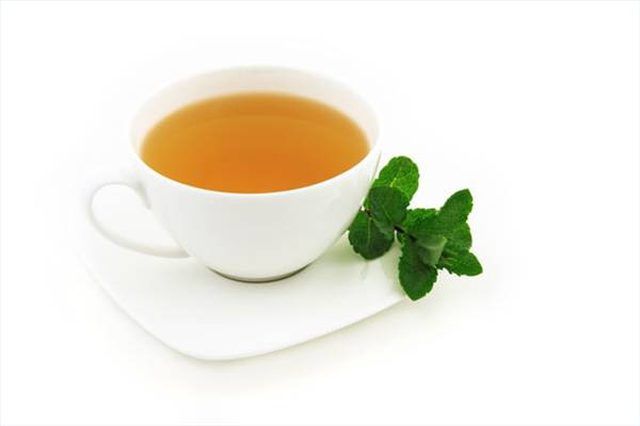
Pot Pourri
Dried bergamot leaves make a fragrant addition to any potpourri. They can also be used to scent candles and as an ingredient in many perfumes.
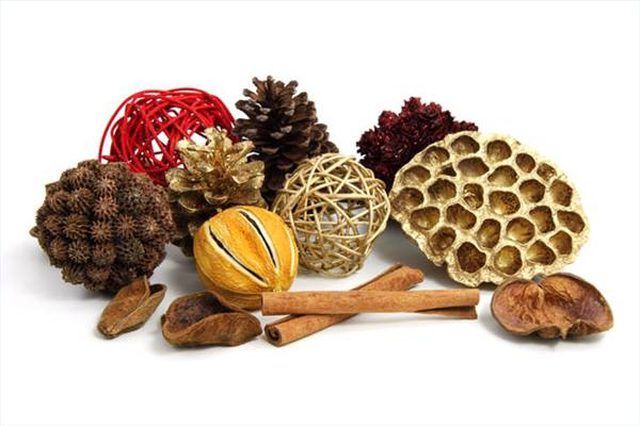
Cooking
Not only do bergamot leaves add a sweet flavor to jams, jellies and desserts, they also add a delicate, sweet fragrance to food as well.
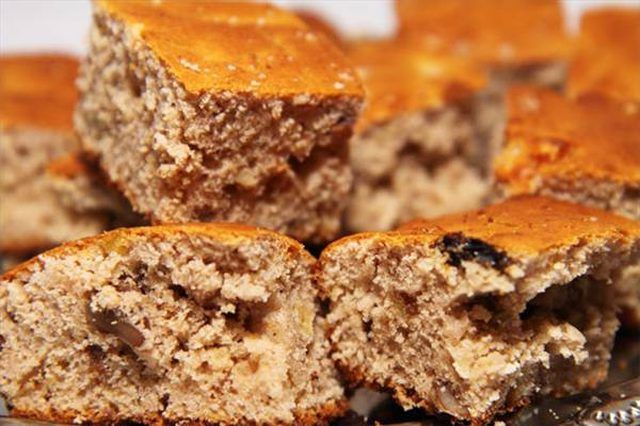
Honey
Because wild bergamot is so attractive to bees, its pollen and nectar are collected by the insects and taken back to the hive where honey is produced. Therefore, wild bergamot is known as a "honey plant."
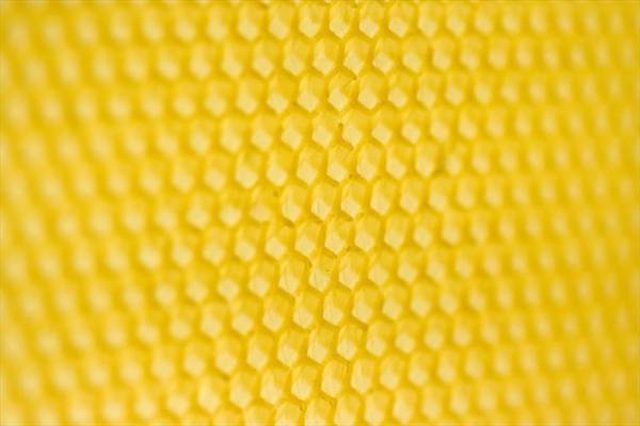
Identification
The flowers of wild bergamot are generally red, but pink, mauve and white are also common. The blooms are flat-topped with long, curved, bugle-like petals. The plants can grow to 4 feet.
Fun Fact
During the tea boycott that followed the Boston Tea Party of 1773, wild bergamot was commonly used for brewing tea in place of black tea.
